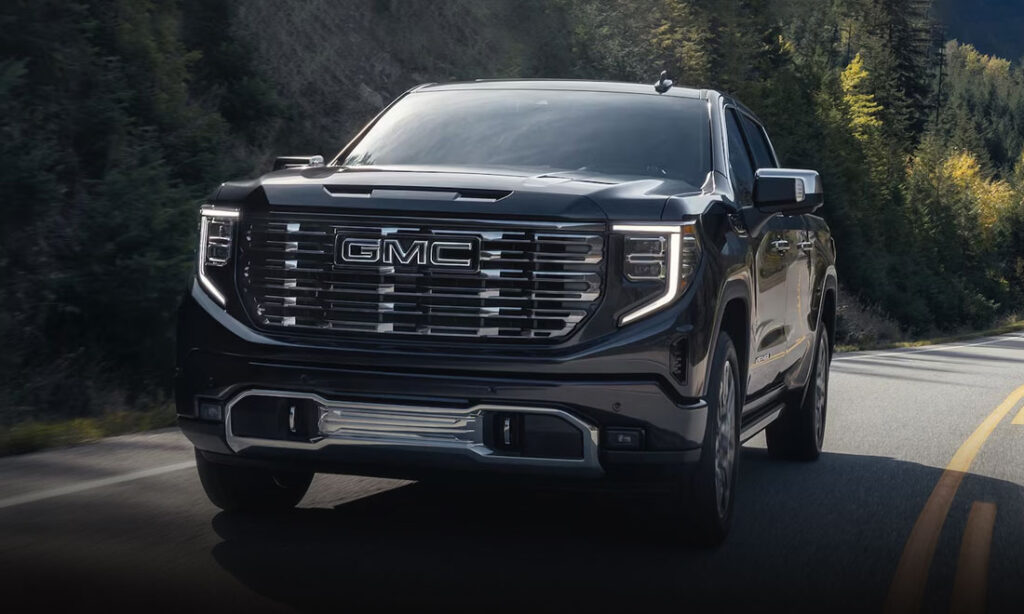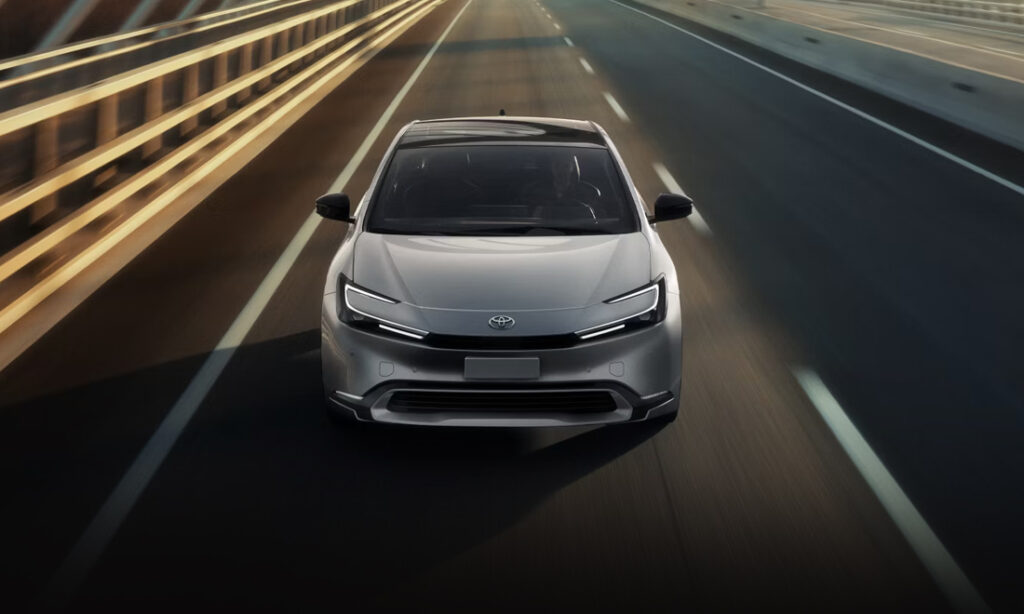20 Years of the Prius and the New “2020 Edition”
Toyota is celebrating 20 years of their groundbreaking Prius hybrid with a special 2020 Edition. We look back at how the Prius had evolved over that past two decades and where it’s headed today.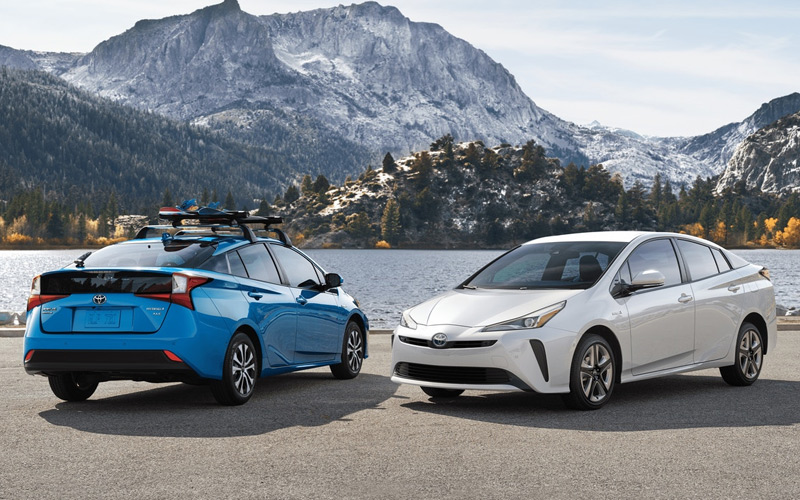
2020 Toyota Prius – toyota.com | Shop Toyota Prius on Carsforsale.com
The First “Tesla” Was a Prius
Long before “Ludicrous Mode” or “Auto Pilot,” signaling to your neighbors that you cared more about the environment than they did meant driving a slow, funny looking hatchback made by Toyota. Over the years, the Prius has accrued a metric ton of connotative baggage, but there’s a lot more to the first mainstream hybrid than “holier than thou” attitudes and sluggish acceleration.
Not only has the Prius been wildly successful, selling nearly 2 million units in the US and over 6 million worldwide over its twenty years production, it’s been so without the bells and whistles or insane 0 to 60 times of modern electric vehicles. Instead, the Prius showed the world (and automotive manufacturers) what electrification can do for modern four-wheel transportation by emphasizing practicality.
A (New) Toyota Way
Toyota isn’t known for bold moves. Rather, the company has been built on the idea of taking a design and iterating it over and over, refining that design and the manufacturing processes surrounding it ad infinitum (a.k.a. keizen). That’s how we have the current J200 Landcruiser generation now in its thirteenth year without a major redesign.
The Prius was a departure for Toyota. It was a bold leap into electrification intended to serve as a guidepost for the company as it moved into the 21st century. Looking back, the Prius may have actually had a bigger influence on the rest of the automotive industry, especially over the last ten years, than it did within Toyota, where a company culture of incrementalism still prevails. But all the major car companies, from Ford to Honda to Audi and beyond, now offer some sort of hybrid option in their lineups.
1st Generation 1997-2003
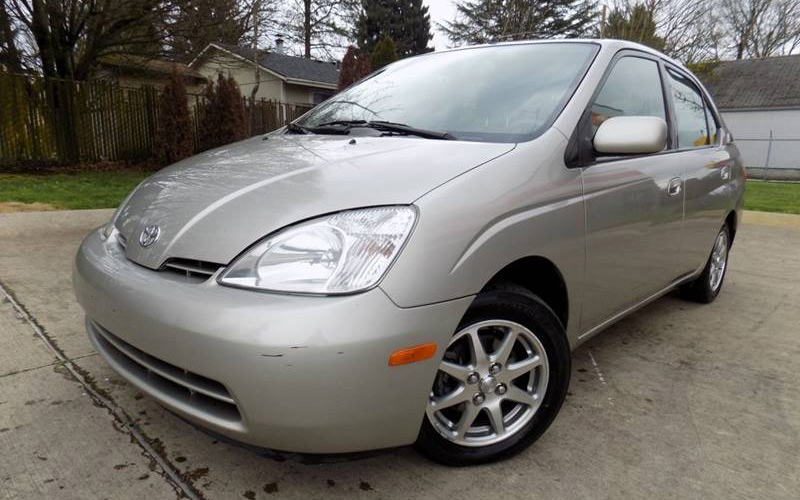
The Prius spent it’s first three years in Japan, debuting in the North and South America, Australia, Europe, and the rest of Asia in 2000. It featured a 1.5L 70hp 4-cylinder engine paired with a 44hp electric motor. By current EPA standards, the original Prius got 42 city and 41 highway mpg. The original Prius was a compact car, smaller than later Prii, and it was the only generation built as a sedan.
2nd Generation 2004-09
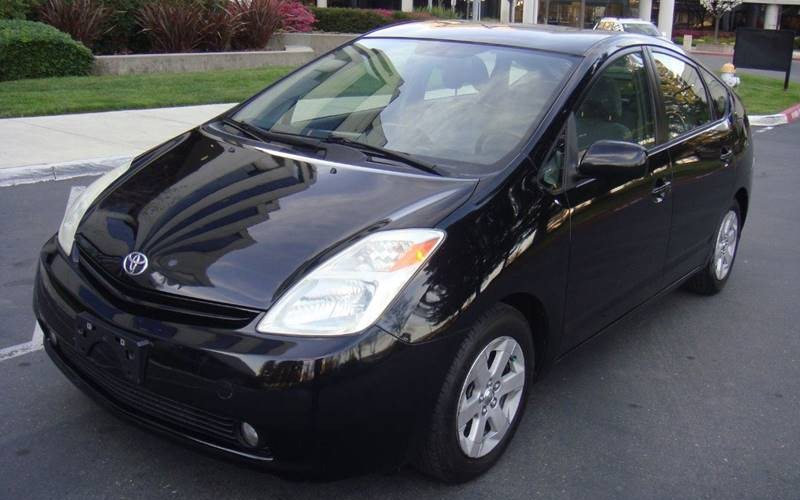
The Prius received major changes with the 2004 model year. It got a new hybrid system (the Toyota Hybrid System II), a bigger footprint (now 6-inches longer), and a new body style (now a lifted hatchback). The engine was the same but with improved efficiency, giving the Prius 48 city and 45 highway mpg. The new “triangle” body style also improved aerodynamics and therefore fuel efficiency. Visually speaking, this was the beginning of the Prius as many of us know it today.
3rd Generation 2010-15
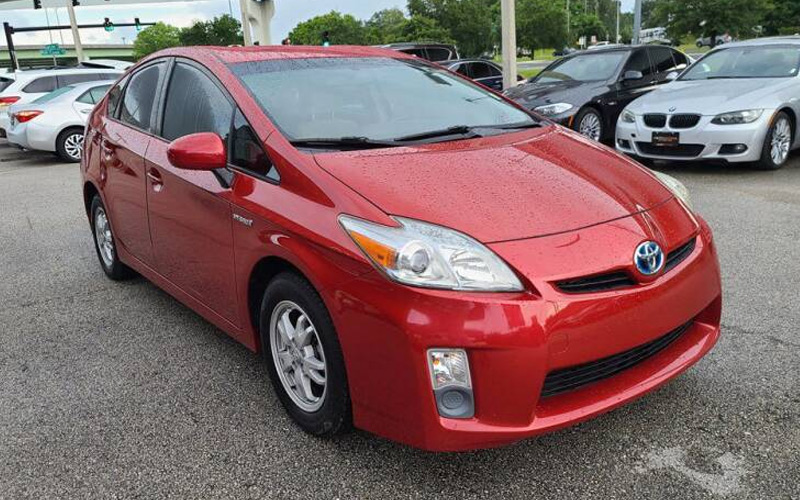
The third generation of the Prius received a new, larger engine, now a 1.8L. The powertrain was also making gains in efficiency, with an improved 51 city and 48 highway mpg. The Prius also got new driving modes, an EV only mode for low speed driving, an Eco mode for optimal efficiency, and a Power mode for, well, more power. Aerodynamics were refined as well, adding a double-wave design to the roof.
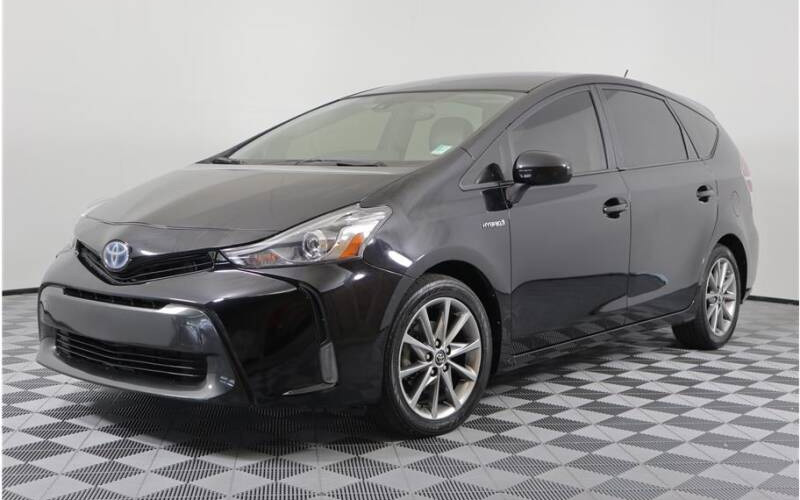
2016 Toyota Prius V – toyota.com | Shop Toyota Prius V on Carsforsale.com
In 2011, the Prius V and Prius C added new body options for the Prius. The Prius V was a larger hatchback, somewhere between a wagon and a small crossover, and offered 50 percent more cargo capacity to that of the traditional Prius. The Prius C was a return to the dimensions of the 1st generation with a compact version, over 19-inches shorter in length than the typical Prius. It was known as the Prius Aqua in Japan.
4th Generation 2016-Present
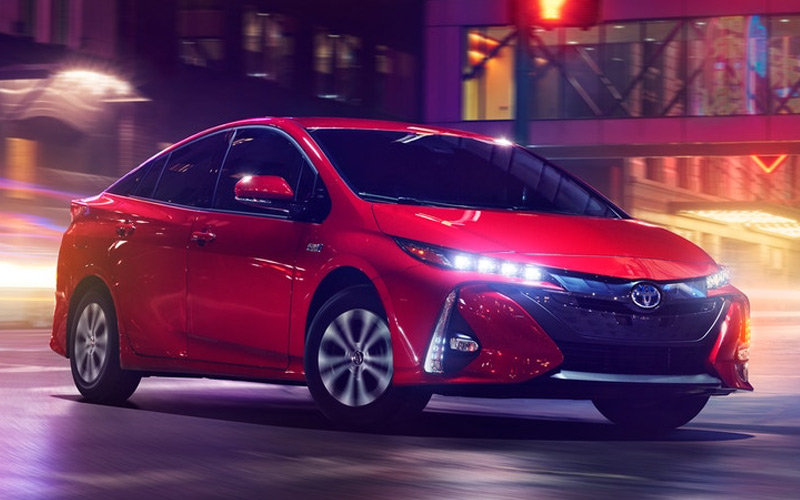
2020 Toyota Prius Prime – toyota.com | Shop Toyota Prius Prime on Carsforsale.com
For the fourth and current generation of the Prius, Toyota built it on the then new Toyota New Global Architecture platform and improvements in battery technology raised the combined fuel efficiency to 56 mpg. Offerings were also expanded to include a plug-in hybrid version, the Prius Prime. The Prime offered 25 miles of electric only range and a total range of 640 miles on a single tank of gas.
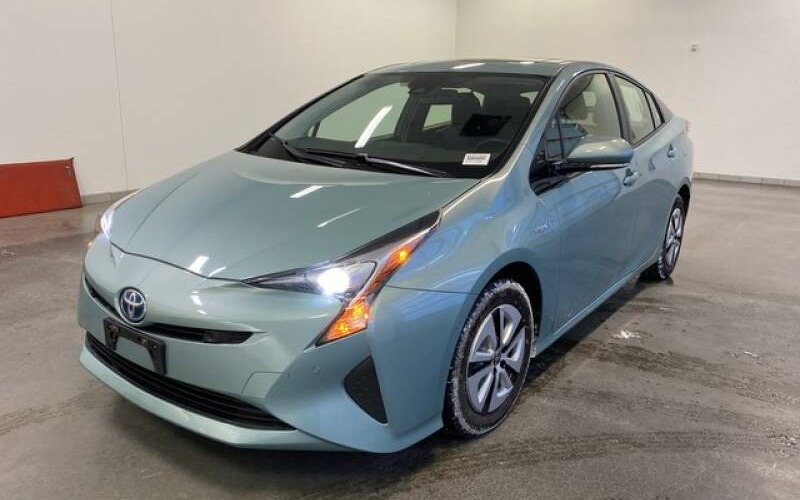
In 2018, the Prius received cosmetic updates including new LED headlights, a new double-wishbone suspension, and a new four-wheel drive option for the first time.
The 2020 Edition

To commemorate twenty years of the Prius in the US, Toyota has announced the “2020 Edition” Prius. This special edition is based on the XLE FWD trim and will come in either Supersonic Red or Wind Chill Pearl. Toyota says the 2020 Edition will feature black interior trim including a black shift knob and smoked HVAC vents.
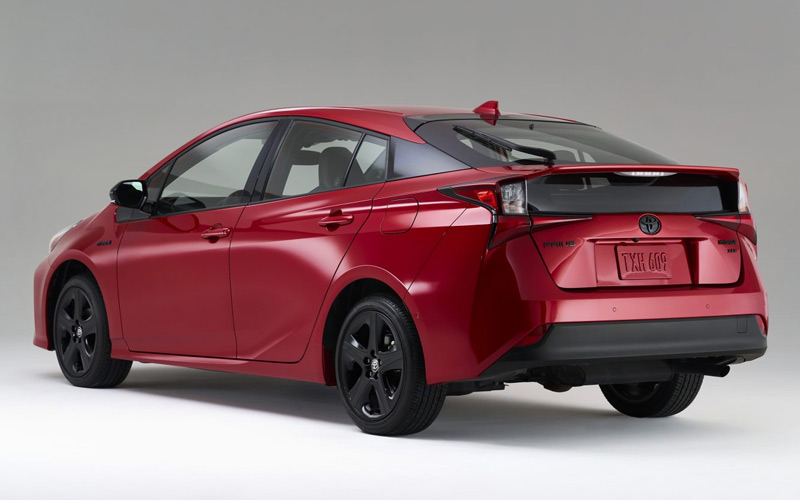
The exterior of the 2020 Edition will get accenting as well. The rear spoiler will be color-keyed, headlights get “blackout” components and trim along with the B-pillars and mirror housings. Wheels will be 17-inch alloys.
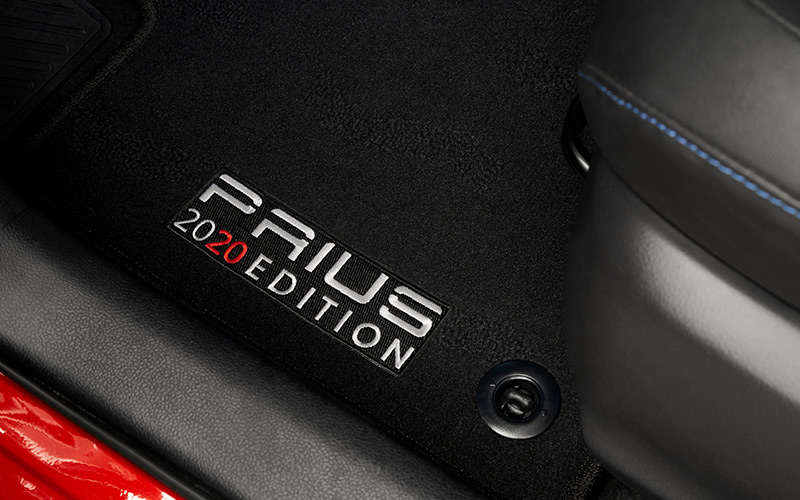
And just in case you want to remind your passengers this isn’t just any Prius, there will be “2020” badging on the key fob and floor mats. The 2020 Edition will indeed be exclusive, with just 2,020 to be made.
Beyond the Prius
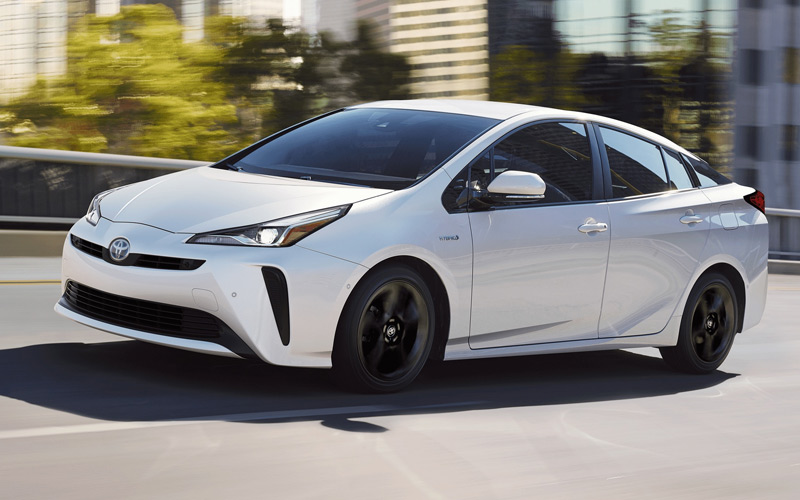
2020 Toyota Prius – toyota.com | Shop Toyota Prius on Carsforsale.com
Though the Prius’ popularity, and sales, have waned in recent years, it’s impact can be felt throughout Toyota’s lineup and across the automotive world. More and more cars, crossovers, and now even pickups are adopting electrification for both added fuel efficiency and additional power. Toyota added three new hybrid options to their own lineup this summer with a hybrid version of the Sienna, a plug-in hybrid RAV4 Prime, and the new hybrid Toyota Venza.

The Prius proved that companies could succeed with a relatively slow, and let’s be honest, oddly styled car so long as it made up the difference with stellar fuel economy and surprising practicality. It was a lesson that took the rest of the automotive world a few years to fully appreciate, but the bridge to a cleaner, more energy efficient future that current hybrids and EVs represent wouldn’t be nearly as far along if it wasn’t for the Toyota Prius.


